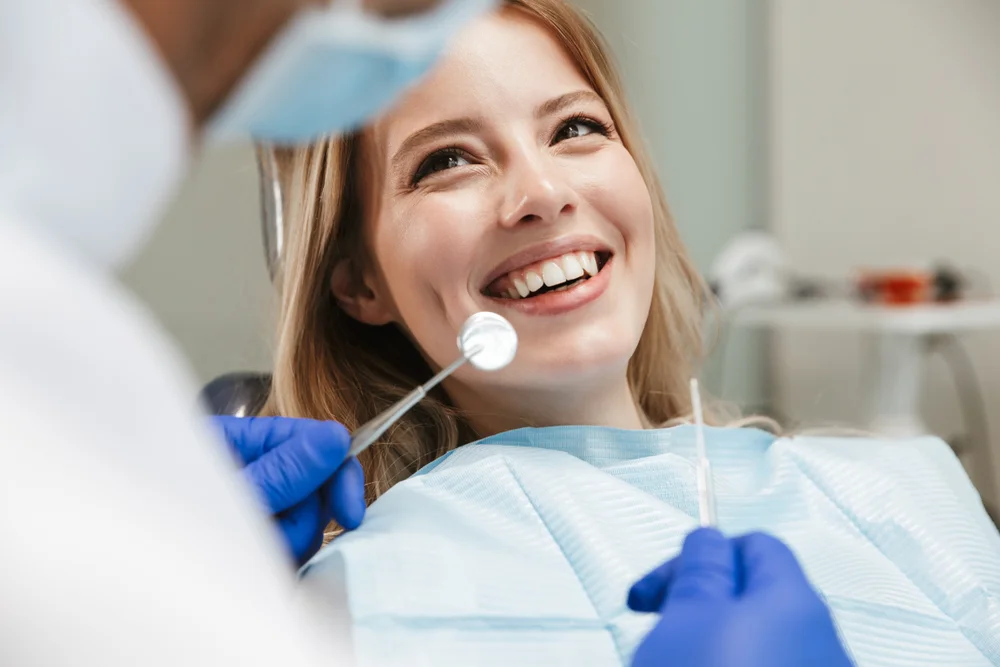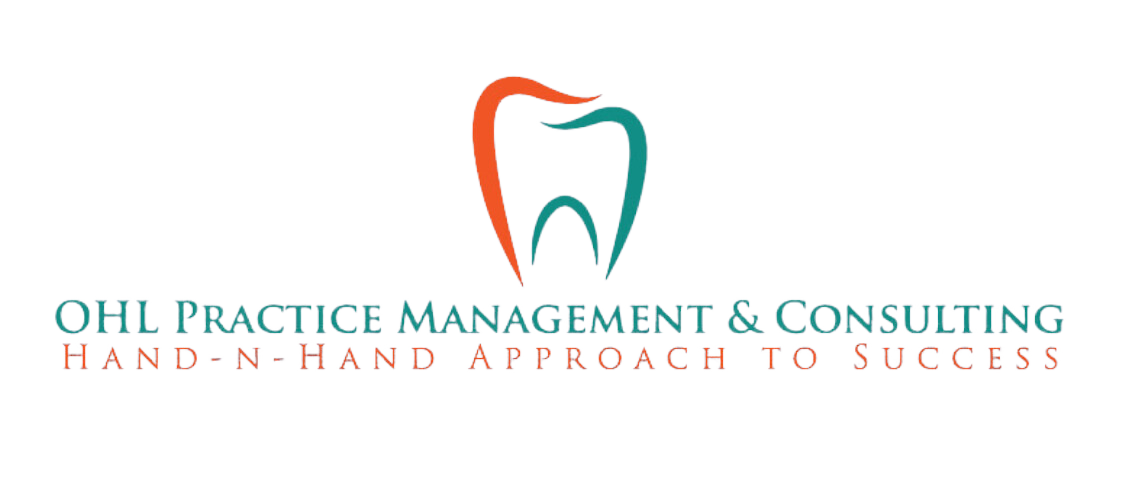Navigating medical insurance for dental sleep apnea treatment requires a strategic approach. This guide lays the groundwork for dental professionals to manage billing and suggests proactive measures to ensure successful reimbursements for oral appliance therapy.
Firstly, understanding insurance coding is critical. Dental practices should be well-versed in appropriate ICD-10 and HCPCS codes for sleep apnea appliances. Submitting claims with accurate codes is vital, as even minor discrepancies could result in denied claims. Regular training in coding updates can mitigate these risks, maintaining a smooth reimbursement process.
Secondly, thorough documentation is non-negotiable. Adequate and accurate records substantiate the medical necessity and are often the deciding factor in claim approvals. Including detailed notes on patient diagnosis, therapy effectiveness, and compliance can demonstrate to insurers the essential nature of the treatment.
Last, initiating the pre-authorization process early is essential. Proactively contacting insurance companies with well-prepared documentation can prevent delays and denials. Engaging with the insurers to clarify coverage scope for each patient establishes a preemptive roadmap for the reimbursement sequence.
Introduction
The crux of securing insurance coverage for dental sleep apnea treatment is understanding and maneuvering through the complexities of medical billing. Our guide dissects three core components dental practices must master: precise coding, rigorous documentation, and strategic navigation of the reimbursement process. Mastery of these aspects is key in successfully extending necessary treatments to patients.
Initial focus on accurate coding is fundamental. Insurance claims for oral appliances hinge on the correct application of ICD-10 codes specific to sleep apnea and the appropriate use of HCPCS codes that classify these appliances as medical equipment. These codes communicate the necessary treatment to insurers. Precise coding avoids the pitfalls of claim rejection and ensures that patients receive the benefits they’re entitled to.
Second, meticulous documentation cements the legitimacy of insurance claims. From initial diagnosis to treatment efficacy, comprehensive records serve as incontrovertible evidence of medical necessity. Documents should paint a clear picture of the patient’s condition and the subsequent improvement, thereby justifying the cost of treatment within the scope of medical insurance.
Finally, efficient handling of the reimbursement process protects the financial interests of both patients and dental practices. Establishing a direct dialogue with insurance providers, understanding their policy inclusions, and preparing for potential objections or requirements can streamline the claims process. Proactive measures, such as preemptive pre-authorizations, can avoid delays and denials, making the path to treatment smoother for patients.
Key Challenge or Risk Area 1
The primary obstacle in obtaining insurance for sleep apnea treatment is distinguishing between medical and dental insurance terms. This challenge is essential for professionals navigating insurance for oral appliances, as the differentiation dictates the success of reimbursement claims.
Medical insurance often classifies oral appliances as durable medical equipment, which typically ensures coverage for patients with obstructive sleep apnea. Dental practices must be diligent in familiarizing themselves with health insurance policies that encompass this categorization to leverage coverage benefits effectively. Understanding the underpinnings of this categorization and communicating it accurately in claims is imperative for a smooth reimbursement process.
On the other hand, dental insurance policies rarely cover such appliances under medical necessity. This necessitates the dental service providers to become advocates for their patients. They must become adept at interpreting policy language in order to compose compelling arguments for the medical necessity of the treatment, thus opening the gateway to dental insurance reimbursement for patients who need these vital appliances.
The crucial factor here is the dental professional’s ability to navigate the complex insurance requirements with precision. Understanding and advocating for the medical necessity of oral appliances ensures alignment with the correct insurance type, mitigating risks associated with misclassification and ensuring patients receive the treatments they require, all the while safeguarding the practice’s financial viability.
Key Challenge or Risk Area 2
Determining insurance eligibility and securing pre-authorization for oral appliance therapy is complex yet crucial. It demands precision and proactive planning from dental offices to minimize reimbursement denials.
To start with, an accurate diagnosis of sleep apnea is foundational to the process. The practice’s credentials in diagnosing this condition must be impeccable, as it is the starting point of the insurance claim. Concrete evidence, such as sleep studies, need to be meticulously prepared and presented, ensuring no doubts about the necessity and validity of the treatment.
Furthermore, showcasing CPAP intolerance is key. Documenting a patient’s inability to tolerate CPAP therapy supports the argument for an alternative treatment, which in this case is the oral appliance. Details like patients’ attempts to use CPAP and their reactions categorically noted in medical records are solid proof of the necessity for the prescribed oral appliance.
Thirdly, syncing with the insurer’s coverage framework is essential. Prior familiarity with the insurer’s requirements for sleep apnea treatment allows dental staff to tailor the pre-authorization request adequately. Devising specific protocols for this stage can ensure that all necessary criteria are met for the insurer, leaving little room for them to refute the claim on the basis of insufficiency or incompatibility with their policies.
Key Challenge or Risk Area 3
The intricate details of insurance coding present a substantial challenge, acting as the gatekeeper to successful reimbursement for oral appliances. This puzzle requires unwavering attention to detail and an understanding that accuracy is non-negotiable.
Firstly, the correct application of ICD-10, which are diagnostic codes, sets the stage for the entire claims process. These codes provide a universal language between providers and insurers, describing the patient’s condition succinctly. Any variance from the precise code can lead insurers to deny the claim, so rigorous checks must be in place to ensure coding is done with complete accuracy.
Secondly, HCPCS codes, which are used to classify the appliances as medically necessary equipment, play an equally critical role. They explain the providers’ premise behind choosing a particular treatment approach. The nuances here include not just the drug and appliance a patient may need but also the methodology of the treatment. Frequent updates in these codes demand constant monitoring to avoid discrepancies that can prove costly.
Finally, staying current with both code changes and insurer-specific variations is a continuous balancing act. The healthcare field is ever-evolving, with insurers adjusting their policies regularly. Orienting clinic procedures towards these variations requires dedication to continuous education and flexibility to adapt claim submissions to meet the latest requirements.
Actionable Response or Strategic Solution
To navigate the challenges of insurance reimbursements successfully, dental practices must adopt a dual-faceted strategy that both proactively addresses pre-authorization and leverages specialized billing expertise to streamline the process.
Firstly, incorporating pre-authorization into the patient onboarding process is essential. As patients enter the practice, systematic checks for insurance pre-approval can identify potential obstacles early on. This step ensures all necessary documents are in order before treatment, avoiding reimbursement delays post-treatment. It also sets clear expectations for the patient about their insurance coverage and out-of-pocket costs from the outset.
Secondly, outsourcing the billing intricacies can offer dental practices a competitive edge. Partnering with firms that excel in dental billing can mitigate stress and liberate practice resources to focus on patient care. This collaboration can significantly diminish controllable errors prevalent in the billing process, ultimately enhancing the efficiency and accuracy of reimbursements.
Lastly, the introduction of advanced managerial tools and technologies can significantly bolster the billing process. Adopting billing templates and integrating electronic health record systems help minimize human error, ensuring that claims are submitted correctly the first time. This not only accelerates the reimbursement process but also improves the overall patient experience by reducing administrative delays in their care journey.

Decision Criteria or Escalation Triggers
In the realm of dental sleep medicine, deciding when to refine in-house billing expertise or engage external billing specialists hinges on recognizing specific criteria and identifying escalation triggers. This strategic crossroad is critical to maintaining financial health and operational efficiency.
Key to any dental practice is a team proficient in the nuances of medical billing, particularly the pre-authorization process and the preparation of initial claims paperwork. In-house personnel must have a robust foundational understanding of these areas to ensure a consistently high standard of claims submission that aligns with insurer expectations. This capability sets the stage for a successful reimbursement journey, preventing the common pitfalls that lead to denied claims.
However, when a practice faces repetitive denials or compliance red flags in their billing process, this becomes a clear signal for change. Such indicators suggest complexities may have surpassed the in-house team’s bandwidth or expertise. It is at this point that considering a shift to external billing services, known for their mastery in managing durable medical equipment claims, is prudent. Transitioning to these specialized entities can offer more intricate insights into the billing labyrinth, improving success rates and thereby affecting cost savings.
Lastly, striking a balance between developing internal capabilities and knowing when to seek external guidance is key. It’s a balance that ensures resources are optimized, waste is minimized, and patient satisfaction through smooth billing processes is prioritized—a fusion of cost efficiency and professional billing management that elevates practice operations.
Support Resources or Professional Guidance
Maximizing successful medical insurance claims for oral appliances involves tapping into expert support and enhancing internal competencies. Identifying and utilizing the right mix of external help and internal training is critical to a dental practice’s successful insurance dealings.
Partnering with external billing entities that specialize in managing the intricacies of durable medical equipment can transform a practice’s approach to insurance claims. These firms bring an advanced understanding of the insurance landscape, arming practices with strategies that lead to higher compliance rates and less frequent denials. Such strategic alliances allow practices to confidently navigate the complex pathways of claim submission, leveraging external expertise to their advantage.
Meanwhile, investing in ongoing training for in-house billing teams significantly boosts a practice’s self-sufficiency. Comprehensive educational programs focus on current best practices and the ever-changing regulations in medical insurance billing, equipping staff with the necessary skills to handle claims accurately and efficiently. This reinforcement of internal capabilities ensures that practices maintain control over their financial operations while minimizing the risk of errors and denials.
Integrating external support with strengthened in-house proficiency creates a two-pronged approach to managing the intricacies of dental insurance claims. By combining the precision of expert billing services with the agility of an informed internal team, practices can ensure a robust, compliant, and effective billing system that supports both their financial health and their patients’ treatment access.
Preventive Measures or Best Practices
To preempt issues in the billing process for oral appliance therapy in sleep apnea patients, dental practices need to establish best practices that are both methodical and adaptable. This approach includes developing a routine for auditing, staying current with insurer requirements, and adhering to the latest coding standards.
The first step is implementing a rigorous documentation review system. Regular checks of patient records, treatment plans, and billing submissions can catch and correct errors before they become costly denials. For example, ensuring that each patient’s treatment is thoroughly documented with appropriate notes can prevent misunderstandings with insurance companies about the necessity and appropriateness of the prescribed oral appliance.
Second, it’s vital to remain in step with insurers’ evolving demands. As insurance companies frequently update their policy requirements, practices must proactively adapt to avoid claim rejections. This includes continuous monitoring and quick responses to changes in coverage criteria for dental sleep appliances, safeguarding against outdated or non-compliant billing practices.
Lastly, maintaining an up-to-date grasp of code guidelines is essential. Incorrect coding leads to denials or delays in reimbursement. By regularly training staff on the latest ICD-10 and HCPCS codes and checking for updates to insurance carriers’ coding policies, practices ensure they are billing correctly. This ongoing education minimizes the risk of error, making the reimbursement process smoother and more reliable.
Conclusion
Securing medical insurance coverage for oral appliances is a precise endeavor that requires well-defined procedures and knowledgeable execution. It is these elements that dismantle the barriers to treatment, allowing dental practices to extend their services effectively.
A stepping-stone to successful insurance navigation is thorough documentation. Each step of diagnosis and treatment must be recorded with exacting detail, ensuring that insurance providers receive a complete narrative of the patient’s journey. Such meticulous record-keeping underscores the legitimacy of each claim, building a case that aligns with the insurer’s expectations for coverage.
In parallel, a deep understanding of the appropriate medical codes is indispensable. Being fluent in ICD-10 and HCPCS codes related to dental sleep appliances consolidates the groundwork for claims. Here, proficiency isn’t just about knowing the codes – it’s about applying them in a manner that clearly communicates the necessity of treatment to the insurer.
Lastly, efficiency in the billing department is the linchpin that links the process together. An infrastructure equipped to process claims with speed and precision ensures that viable treatments reach patients promptly. By cutting through the red tape, dental practices can fulfill their role in delivering essential healthcare solutions, incorporating medical knowledge with pragmatic business strategies to enhance patient care.
Don’t let uncertainty hold you back. Schedule a consultation today and start building a thriving dental sleep practice with Ohl Consulting!
Ohl Practice Management & Consulting
connect@ohlpracticeconsulting.com
FAQ
Will my medical insurance cover an oral appliance for sleep apnea?
Most medical insurances classify oral appliances as durable medical equipment and cover them for obstructive sleep apnea treatment; however, it’s essential to verify your specific plan’s coverage and any necessary documentation.
How can I ensure my insurance claim for an oral appliance is accepted?
Ensure your diagnosis of sleep apnea is well-documented, demonstrate CPAP intolerance if applicable, and align your claim with the insurer’s coverage policies. Accurate coding and preemptive authorization are also vital.
What if my dental insurance doesn’t cover sleep apnea treatments?
While dental insurance plans may not typically cover treatments for sleep apnea, medical insurance often does. Consult with your provider about the appropriate steps, verification, and documentation required by your medical insurer.





